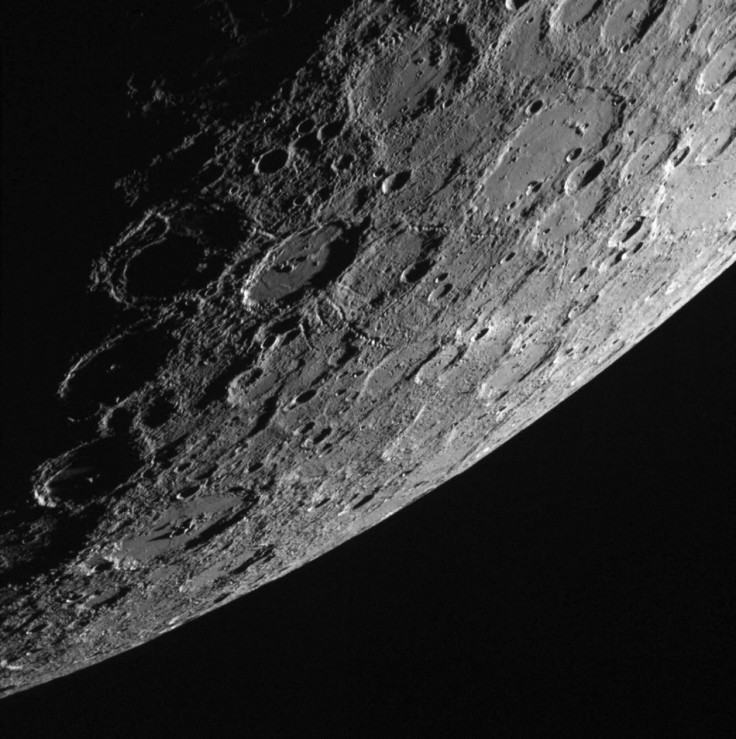Sizzling Mercury Beckons ESA After Successful Comet Landing

After landing its Philae probe on an icy comet, the European Space Agency is now training its sights on fiery Mercury.
Its spacecraft BepiColombo will join Nasa's Messenger to the first planet from the sun.
To be launched on 21 July 2016, the craft will cover an average 77 million kilometers to reach Mercury in 2024. The spacecraft, called BepiColombo in a tribute to Italian space pioneer Giuseppe "Bepi" Colombo, will analyse Mercury's geology and magnetic field.
The mission will use gravity slingshots to reach its destination after two fly-bys around Earth and Venus.
"Mercury is special," Johannes Benkhoff, the project scientist in charge of the BepiColombo mission told CNN, "It's the densest planet in our solar system, even denser than Earth - if we consider uncompressed density - and has a magnetic field, like Earth, that no one expected before, so I guess it's a cool planet to go to."
With temperatures ranging between extremes of 400C on the sun facing side to -170C on the other, and a lack of atmosphere owing to its size and heat, Mercury presents major challenges for any space craft.
Heat and gravity of the sun are the main challenges besides the planet's high orbital velocity of 48 kilometers per second -- compared to Earth's 30 kilometers per second.
In fact, its proximity to the sun causes a strange orbital pattern which has been ascribed to the curved space phenomena near a strong gravitational field.
Mercury Missions so far
There have been only two missions to Mercury so far.
The first was Nasa's Mariner 10, launched in 1973 and in operation till 1975 when fuel was depleted and communications were lost. It is said to be orbiting the sun even today. Data from Mariner had got 'alien hunters' excited over strange structures.
The second mission is still underway with Messenger launched in 2004 now orbiting the planet and returning evidences of past volcanism on the tiny planet.
The BepiColombo mission comes trailing the ten-year journey by Rosetta covering 510 million kilometers which culminated in a probe landing on a comet for the first time. Science experiments done in an astronomical jiffy showed presence of organic molecules on the comet.
The Philae probe landing on the surface of a two kilometre wide Comet 67P/Churyumov–Gerasimenko has been likened to landing a washing machine on a speeding bullet.
The comet was hurtling towards the inner solar system at 18 kilometres a second in its six-and-half year long orbit.
© Copyright IBTimes 2025. All rights reserved.





















